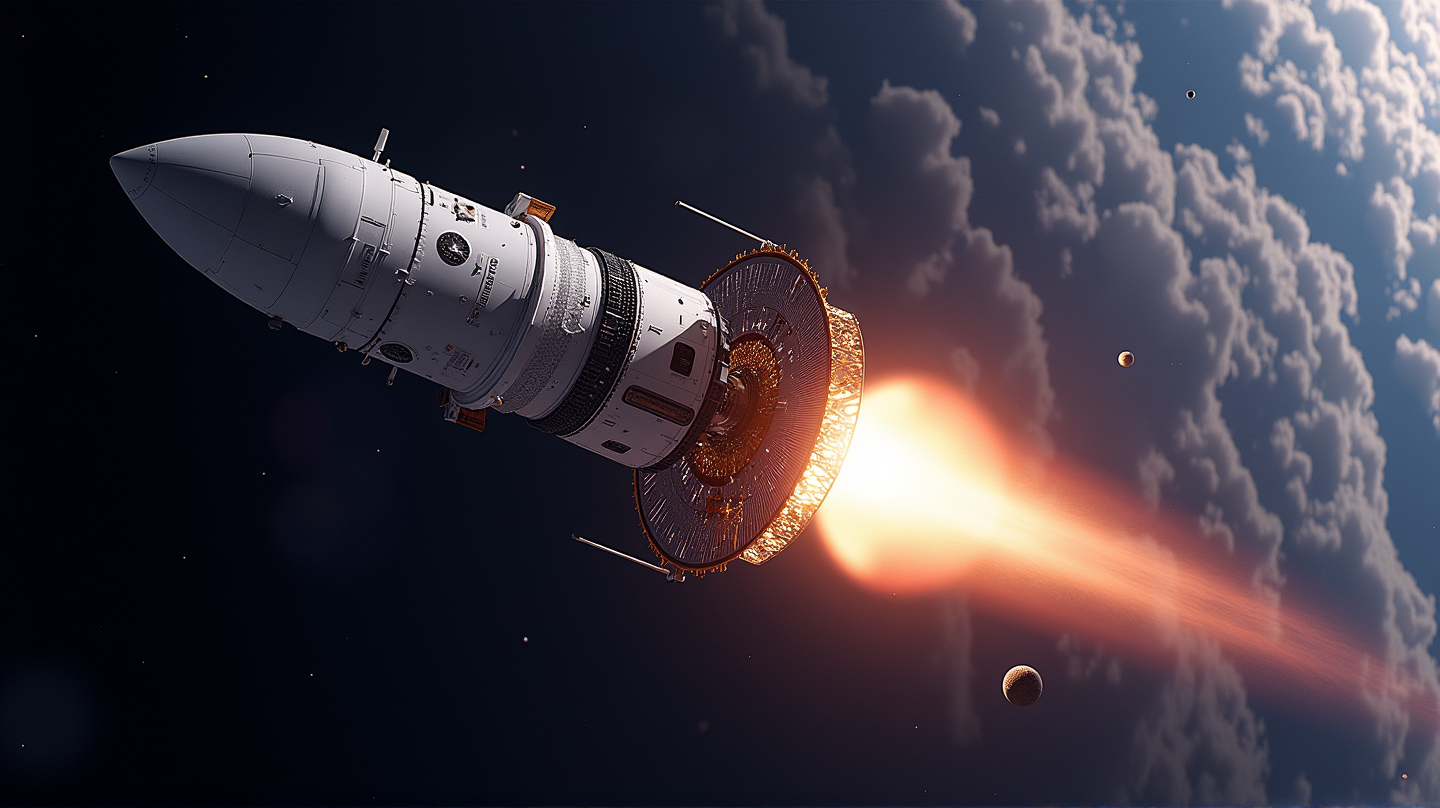Revolutionizing Medicine: SpaceX's CRS-33 Mission Takes the Leap
With its CRS-33 mission, launching on August 24, 2025, SpaceX aims to push the limits of biomedical research both in space and on Earth.

Trailblazing Bioprinting in the Cosmos
Scheduled for launch on August 24, 2025, from Kennedy Space Center, SpaceX’s CRS-33 mission is poised to break new ground in biomedical science. By carrying cutting-edge research projects to the International Space Station (ISS), this mission promises to unlock previously unexplored facets of tissue engineering, particularly using 3D bioprinted liver tissues. In microgravity, researchers aim to delve deep into how these tissues mature and form blood vessels, paving the way for breakthroughs in regenerative medicine and drug testing on Earth.
The unique environment of space offers a clear view into cellular processes otherwise masked by Earth’s gravity. Insights gleaned from this research could revolutionize regenerative medicine and transplantation techniques, potentially transforming global healthcare.
Stem Cells: The Key to Space and Earthly Health
CRS-33’s mission also ventures into the intricacies of bone-forming stem cells. Astronauts often face bone density loss, a challenge in prolonged spaceflights. By studying these cells in microgravity, scientists aspire to develop preventive measures to preserve bone health in astronauts. On Earth, these findings could lead to pioneering treatments for osteoporosis and other bone-related conditions, showcasing how cosmic research impacts terrestrial well-being.
Bioprinting: The Future of Space Medicine
Advancements in 3D bioprinting technologies aboard the ISS suggest a future where customized medical implants for astronauts are printed on-demand. This innovation could significantly reduce reliance on Earth for medical supplies, crucial for missions to Mars or the Moon. As innovations in space manufacturing continue, the implications for both space missions and Earth-based medicine are limitless.
Enhancing Space Computing: Onboard Breakthroughs
Through collaboration with Axiom Space and Red Hat, SpaceX’s CRS-33 mission aims to transform data processing in orbit. Enhanced computing capabilities will enable swift and autonomous handling of research data. This advancement not only augments scientific potential on the ISS but sets the stage for future deep-space missions by reducing dependence on Earth-based infrastructure.
Public Anticipation: A Global Wave of Excitement
The public keenly awaits the CRS-33 mission, seeing it as a harbinger of next-generation space exploration and scientific discovery. Social media buzzes with excitement about the potential of 3D bioprinting to revolutionize organ regeneration and address conditions like osteoporosis. The technology demonstration of enhanced space computing further amplifies the public’s fascination, highlighting the broad-reaching impact of this mission.
Looking to the Stars: A New Horizon in Space and Medicine
CRS-33 is more than a mission; it’s a bold step towards intertwining space exploration with medical innovation. By investigating tissue development and enhancing space computing, the mission signals a promising future where space and Earth share symbiotic progressions in science and technology. This mission charts a new course for global collaboration and sustainable exploration, setting the stage for humanity’s continued journey beyond Earth.
As stated in OpenTools, the mission has the potential to usher in breakthroughs that could reshape the landscape of both space exploration and biomedical research. With each step, SpaceX and NASA march towards a future where space science and Earthly benefits are more aligned than ever before.

